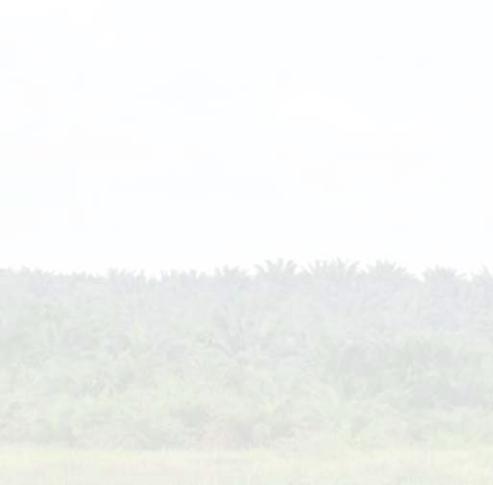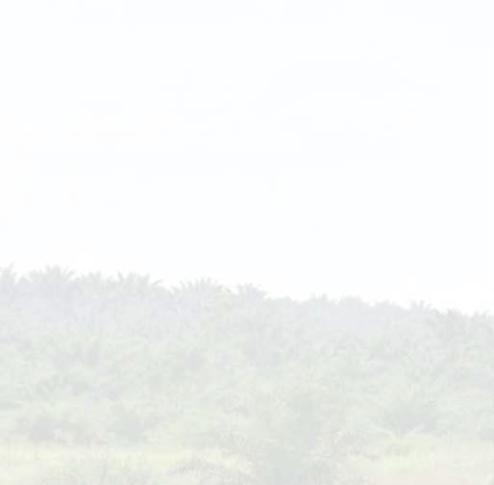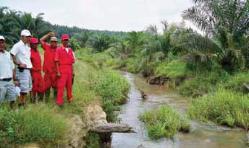SEO Version











biodiversity and conservation
high conservation value (HCV) areas
In 2012, IndoAgri has assessed 54,769 hectares of RSPO-certified
estates and assigned 1,398 hectares of HCV areas.
IndoAgri has embarked on the process of HCV identification since
2008. The types of HCV areas identified on our estates include
riparian, reservoir, bamboo garden, swamp, traditional graveyard
and other important heritage and cultural areas.
Following the HCV identification, we organised a public stakeholder
meeting with delegates from the government, local community and
people living in and around the plantation in accordance with the
RSPO guidelines. The meeting discussed the HCV analysis and
confirmed the areas identified as HCV on the plantations. The
agreed HCV areas were clearly demarcated after the meeting.
To restore the HCV and riparian areas, we planted trees that are
beneficial to the wildlife. Oil palm trees within 20 meters from
waterways were marked with white crosses to indicate the riparian
areas. These trees would no longer be treated with pesticides and
fertilisers so as to avoid contaminating the waterways.
While areas like the bamboo forests do not require replanting, the
trees and plants in some areas have to be safeguarded from local
villagers who would otherwise harvest them as food or resources.
In 2012, IndoAgri has planted a total of 14,159 trees in its plantations.
HCV monitoring and partnerships
Through daily communication with our employees, workers, and
locals living on our plantations, we are able to gradually inform and
guide them on the restrictions in the HCV areas. The treatment
and protection of endangered species is one of the topics we
covered during these sessions.
The monitoring of the HCV areas is done by the teams at the
plantations and the process is audited annually. The parameters
monitored include wildlife biodiversity, river water quality and level
of disturbance caused by local villagers around the HCV areas.
The estate teams are trained by our NGO partners and in-house
sustainability teams. Guidebooks for accurate identification of
local wildlife are also provided on the estates.
We engaged Aksenta, a local environment consultancy company,
to assess the natural habitats at the HCV areas in South Sumatra
and Kalimantan and review the findings and recommendations
together with the World Wide Fund for Nature (WWF) Indonesia.
We also received training from Wetland International, a not-for-
profit organisation dedicated to the conservation and restoration of
wetlands, to understand how to restore and conserve local peatland.
wildlife protection
Nectariferous plants like
Cassia cobanensis, Turnera subulata,
Antigonon leptopus
and
Euphorbia heterophylla
provide nectar
and shelter for various species of beneficial insects, including
parasitoids and other natural predators of bagworms and nettle
caterpillar. By cultivating these plants on our plantations, we are
able to use them as indirect bio-pest control and reduce the need
for insecticides.
Beyond our estates, IndoAgri is actively supporting wildlife
conservation in North Sumatra. We cooperate with the Sumatra
Orang-utan Society to restore conservation areas for the orang-utan
by enriching their habitat with beneficial tree species.
We display signs on wildlife protection on all our HCV areas. We
also archive the wildlife species found on our estates that come
under the International Union for Conservation of Nature (IUCN)
Red List of Threatened Species and Indonesian Regulation No.
7 of 1999 (Pengawetan Jenis Tumbuhan dan Satwa) for the
preservation of flora and fauna. The IUCN Red List sets out the
precise evaluation criteria on the extinction risks of thousands of
endangered species.
34
Indofood Agri Resources Ltd.
Powered by FlippingBook Publisher

